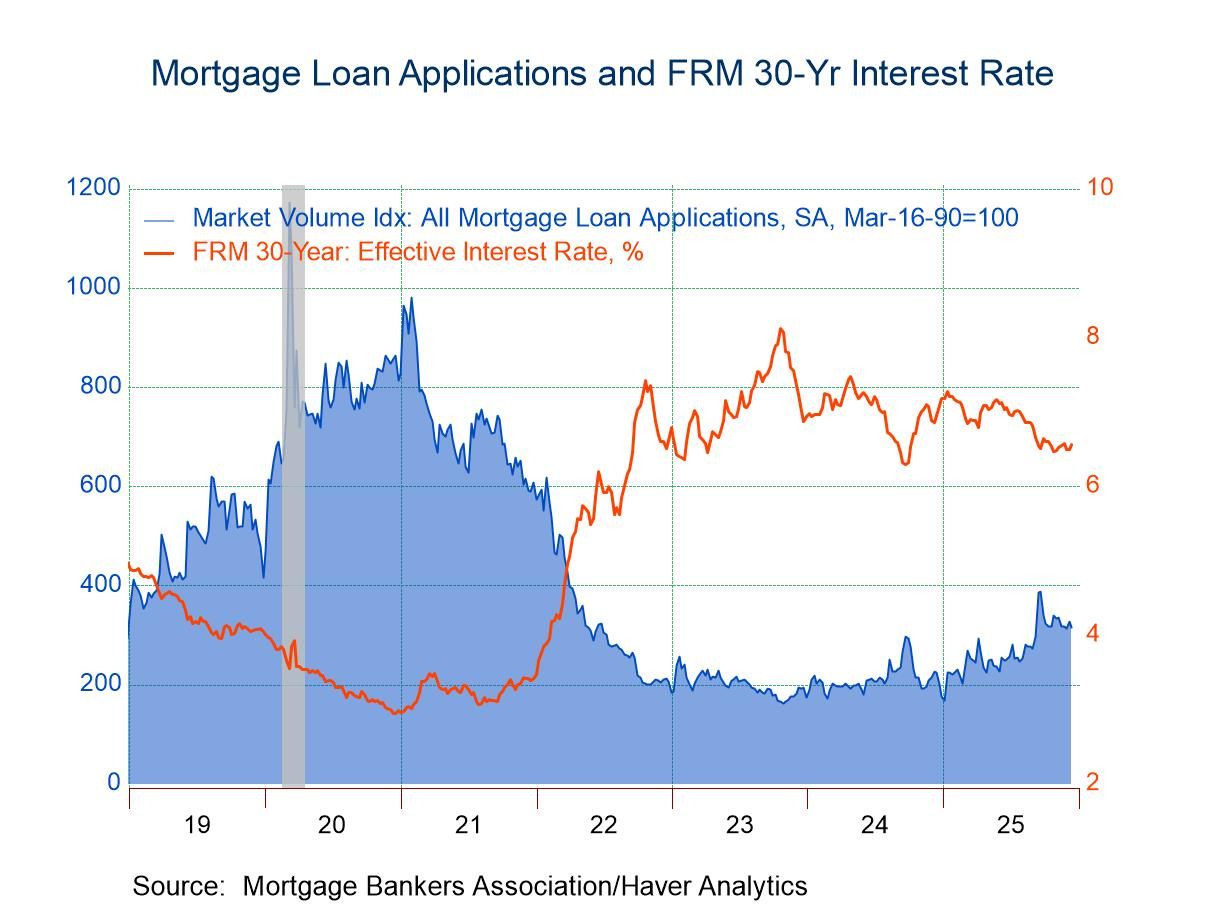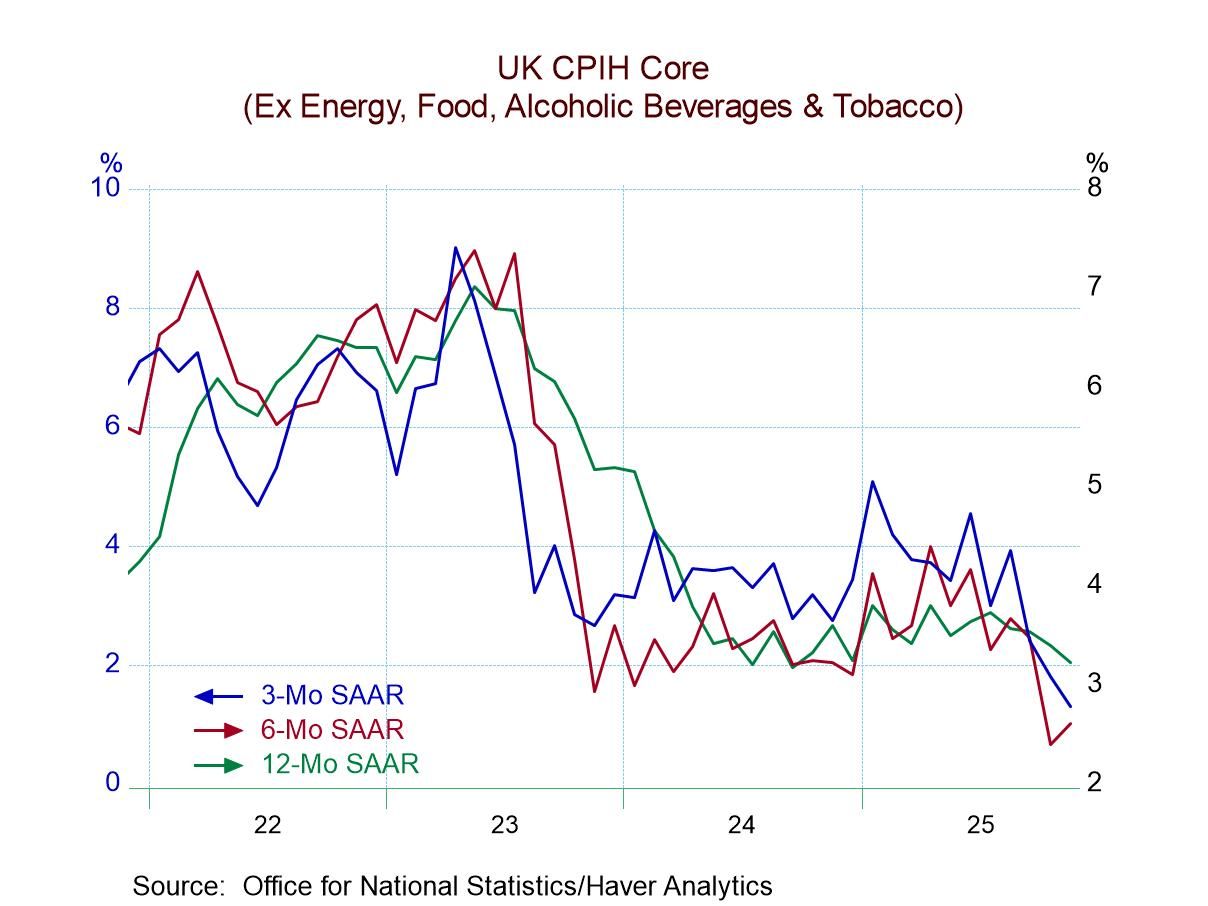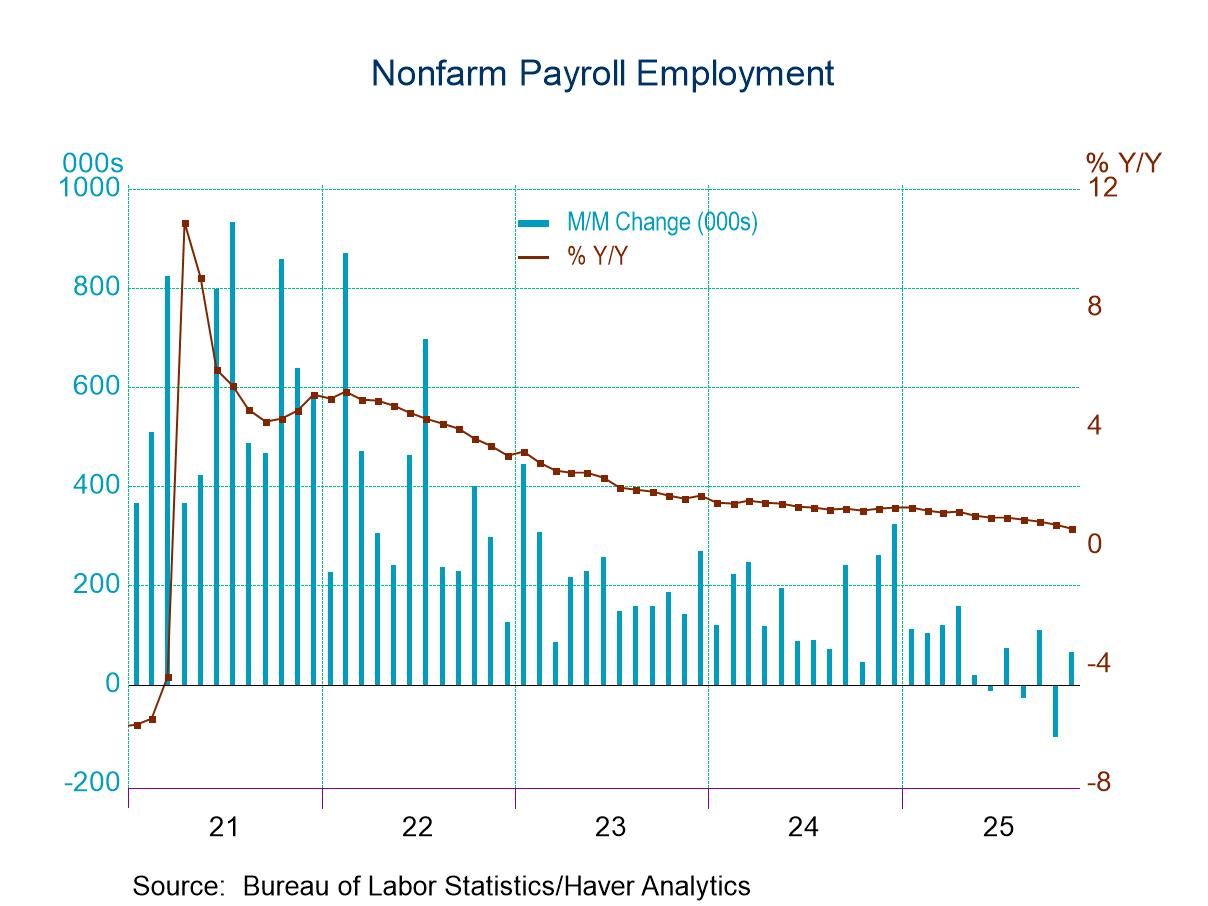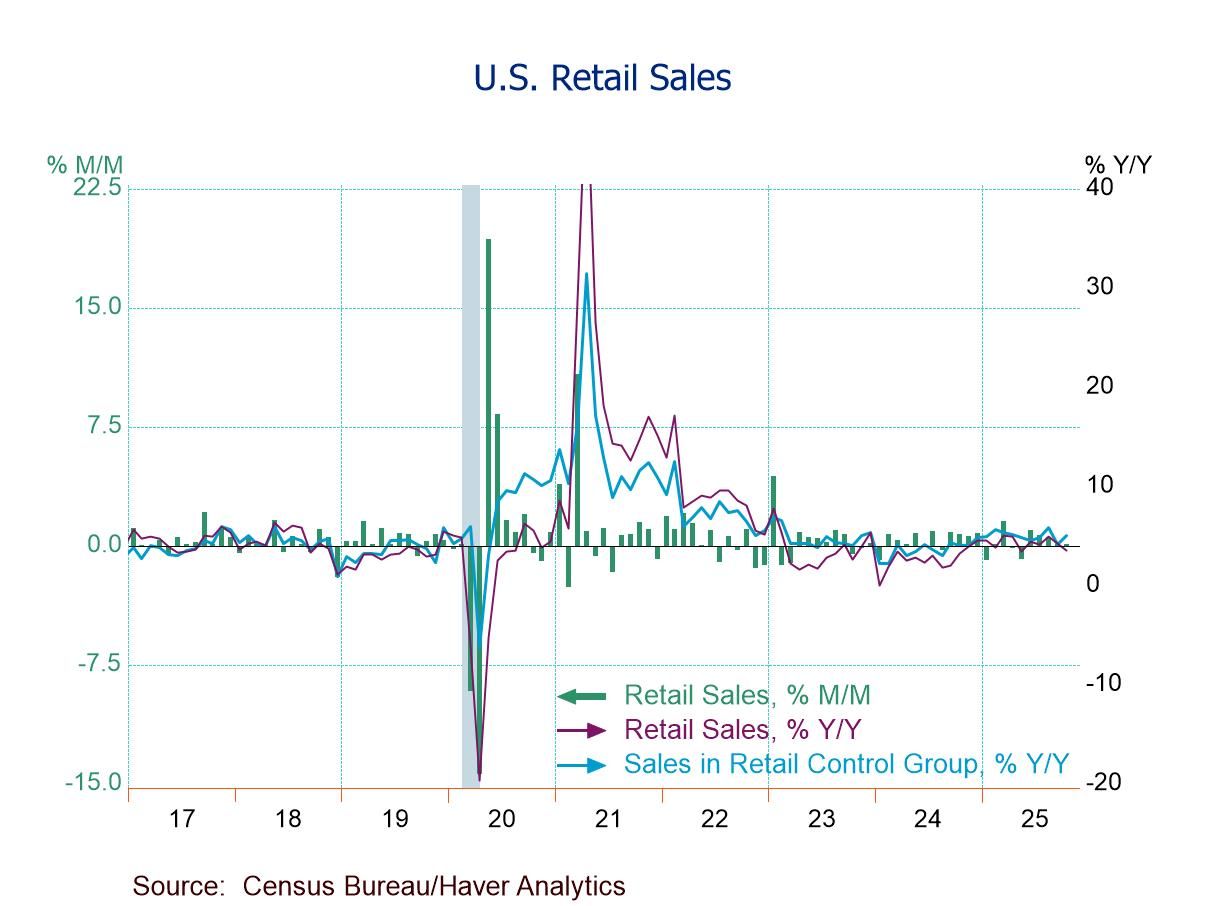 Global| Sep 16 2022
Global| Sep 16 2022Charts of the Week (Sep 16, 2022)
by:Andrew Cates
|in:Economy in Brief
Summary
Financial markets were rattled this week following some stronger-than-expected US CPI data for August. With recent data also suggesting the US labour market is still eliciting unexpected vigour, investors are now pricing in an even more aggressive tightening campaign from the Fed in the coming months. Still, not all the news on the US inflation front has been negative. Our first two charts this week, for example, show that consumer and market-based surveys of US inflation expectations have been drifting lower over the past few weeks with weaker oil prices no doubt helping to foster those trends. But while oil prices have been in retreat, natural gas prices in Europe have, until recently, been resurgent, a key reason why our European charts this week are not as reassuring. A broader – and more comforting - message from transportation data, however, is that global trade patterns, having been distorted by the COVID pandemic, are now returning to more-normal levels. Having been choked by the pandemic and then by the war in Ukraine, this suggests supply chain bottlenecks have continued to ease. Longer-term supply-side challenges for the world economy remain acute, however, a message reinforced by our final chart this week on stocks of natural capital.
US inflation expectations The latest survey of consumer expectations from the Federal Reserve Bank of New York offered more reassuring news about the inflation outlook than this week's firmer-than-expected August CPI data. For instance, one-year ahead inflation expectations dropped to 5.7% in August from 6.2% in July. Three year ahead inflation expectations, in the meantime, dropped to 2.8% in August, from 3.2% in the previous month. That consumers now expect gas prices to be little changed a year from now is surely a key reason why broader inflation concerns have ebbed (see chart 1 below). But that drift lower in the three-year ahead gauge toward more target-friendly levels will nevertheless be particularly welcomed at the Fed.
Chart 1: Three-year ahead- US inflation expectations have dropped in recent months

Inflation expectations and energy This message chimes too with market based gauges of long-term US inflation expectations. The implied 5-year forward inflation rate, for example, has fluctuated within a narrow range in recent weeks but - at 2.30% on September 14th – still stands much lower than its high of 2.67% in April. This can, to some extent be traced to a weaker oil price too, not least given its close correlation with these gauges of inflation expectations in the past (see chart 2 below). Still, the Fed's (and other central banks') inflation-fighting zeal may additionally have played a role if these policies helped to compress oil demand at the same time.
Chart 2: Market-based gauges of inflation expectations are closely correlated with the oil price

UK recession risks It has been a momentous week in the UK for some rather obvious reasons but a busy one too on the economic front. Incoming data suggest the labour market and broader economy have continued to lose momentum while CPI inflation – at 9.9% in August- is still far too high for comfort. These data points chime too with the latest September Blue Chip survey which showed that panelists have further lifted their inflation forecasts for 2023 and further lowered their GDP forecasts at the same time. Indeed the consensus now expects GDP to contract by 0.1% in 2023, underscoring how mainstream a recession forecast for the UK economy next year has become (see Chart 3).
Chart 3: The latest September Blue Chip Survey suggests UK recession odds are climbing

European economic uncertainty The energy crisis that has been gripping the UK economy is also of course critical for the broader economic outlook in Europe. Gauges of European economic policy uncertainty have certainly been more elevated over the last few months relative to global norms, as evidenced in chart 4 below. By the same token gauges of global uncertainty would surely be much lower at present were it not for the geopolitical uncertainty that continues to engulf the European region.
Chart 4: Uncertainty about Europe's economic outlook is relatively high

Global goods and passenger flows are returning to normal On a more encouraging note latest data from the International Air Transport Association suggests that global trade flows are now much closer to levels that prevailed in the pre-COVID era. Having been driven to outsized levels by surging goods demand, cargo load factors have declined sharply so far in 2022. Equally, as lockdown policies have been unwound and travel restrictions have been lifted, passenger load factors have soared (see chart 5). Both trends suggest that supply chains - for goods and for labour - are being unblocked which is potentially good news for inflation in the months ahead.
Chart 5: Trade indicators are returning toward more normal levels

Depleted stocks of natural capital Measuring the supply-side fabric of the world economy is not easy but the World Bank's datasets for natural capital – including renewable, non-renewable and human capital – are a fertile source. The latest data for 2018 show that aggregate renewable natural capital, while growing in value, has seen its share in total wealth decrease in recent years. Many major economies in the meantime have seen their stocks of renewable (and non-renewable) assets dwindle in recent years as well, underscoring the challenges for their policymakers in the transition toward cleaner energy.
Chart 6: Stocks of renewable and non-renewable capital in several major economies

Viewpoint commentaries are the opinions of the author and do not reflect the views of Haver Analytics.
Andrew Cates
AuthorMore in Author Profile »Andy Cates joined Haver Analytics as a Senior Economist in 2020. Andy has more than 25 years of experience forecasting the global economic outlook and in assessing the implications for policy settings and financial markets. He has held various senior positions in London in a number of Investment Banks including as Head of Developed Markets Economics at Nomura and as Chief Eurozone Economist at RBS. These followed a spell of 21 years as Senior International Economist at UBS, 5 of which were spent in Singapore. Prior to his time in financial services Andy was a UK economist at HM Treasury in London holding positions in the domestic forecasting and macroeconomic modelling units. He has a BA in Economics from the University of York and an MSc in Economics and Econometrics from the University of Southampton.






